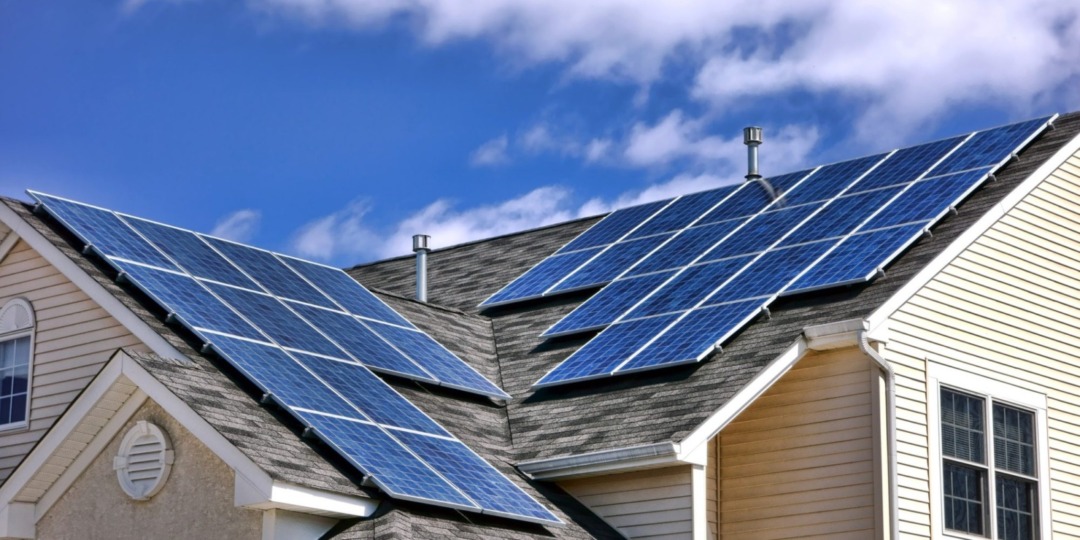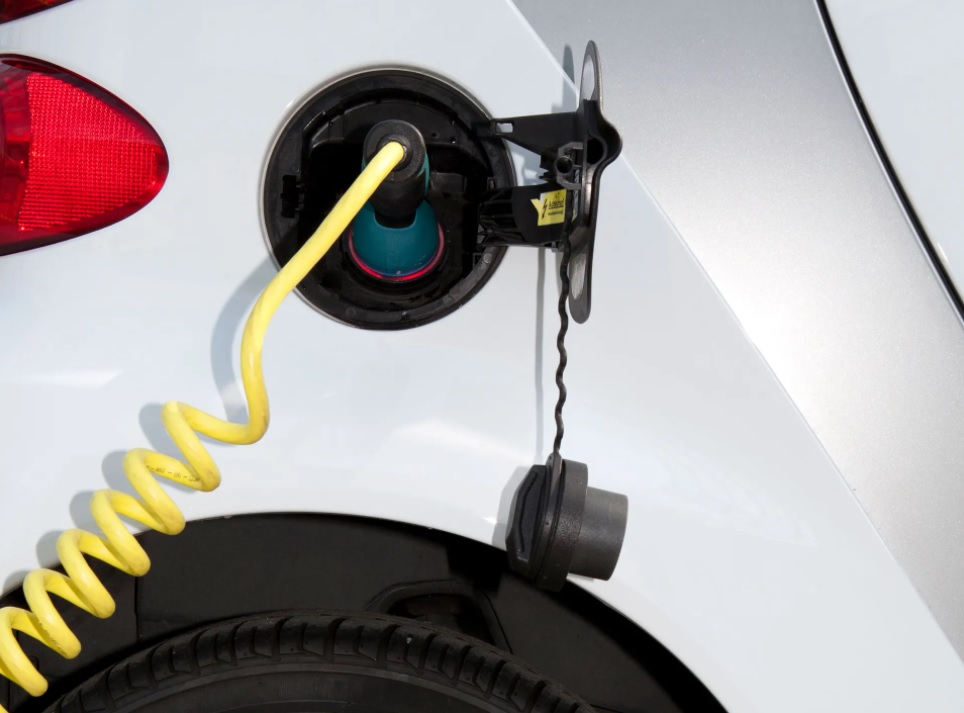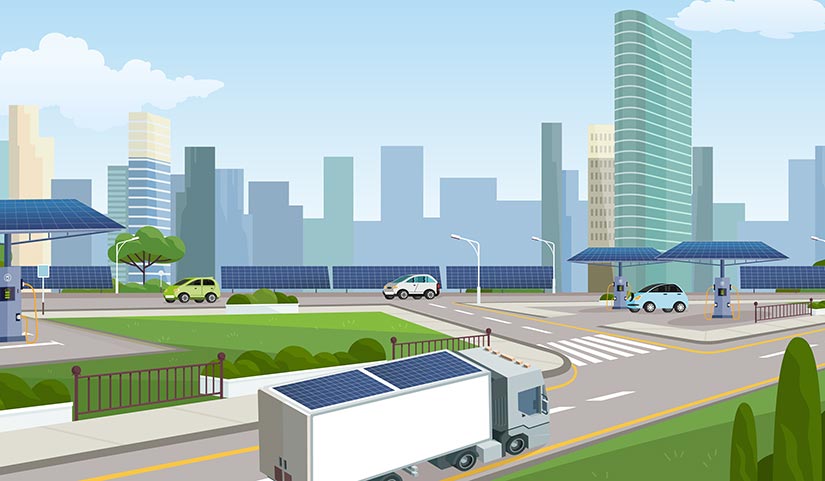Curabitur rhoncus mi et metus sodales porta. Quisque vulputate ante at nulla malesuada, vitae tincidunt ex aliquet. Vestibulum auctor odio in vulputate bibendum.
Continue readingCan Super-Fast Battery Charging Fix the Electric Car?
Curabitur rhoncus mi et metus sodales porta. Quisque vulputate ante at nulla malesuada, vitae tincidunt ex aliquet. Vestibulum auctor odio in vulputate bibendum.
Continue readingBuilding a Solar-Powered Future
Curabitur rhoncus mi et metus sodales porta. Quisque vulputate ante at nulla malesuada, vitae tincidunt ex aliquet. Vestibulum auctor odio in vulputate bibendum.
Continue readingDeveloping raw materials for EVs, solar panels critical for U.S.
In recent years, Americans have become far more aware of China’s massive presence in the global economy. They’ve faced shortages of imports from China during the COVID pandemic — with stores running out of common, everyday goods. And they’ve seen global protests over China’s hosting of the Winter Olympics. Congress is now paying attention and is finally starting to confront China’s predatory behavior.
The problem for Washington, however, is that ending the nation’s heavy reliance on China — and rebuilding America’s industrial base — won’t happen overnight. That’s doubly clear, now that the U.S. Geological Survey (USGS) has weighed in with a new report on America’s deepening dependence on imported metals and minerals from China.
Here’s what the USGS is warning about. The United States now depends on imports for more than half of its entire supply of 47 different minerals used in a wide variety of manufacturing industries. Even worse, the U.S. is now 100% reliant on imports for 17 of these essential minerals. And most of them come from China.
China knows exactly how important these raw materials are, since minerals are the building blocks for emerging technologies such as electric vehicles (EVs). Beijing has smartly made itself the leading supplier to the United States for 16 of these critically needed minerals, including the rare earth metals necessary for not just EVs, but also solar panels and wind turbines.
These renewable energy technologies will require a massive increase in mineral supplies in order to meet global demand. The International Energy Agency expects that demand for minerals like lithium — which is used in electric vehicles and batteries — will grow more than 40 times in the next 20 years. But, like so many other minerals, China has a stranglehold on lithium production and supplies.
America’s investments in new EV plants and battery manufacturing are intended to launch a made-in-America renaissance. But China’s control over key materials gives Beijing considerable geopolitical leverage — and also threatens the viability of this effort.
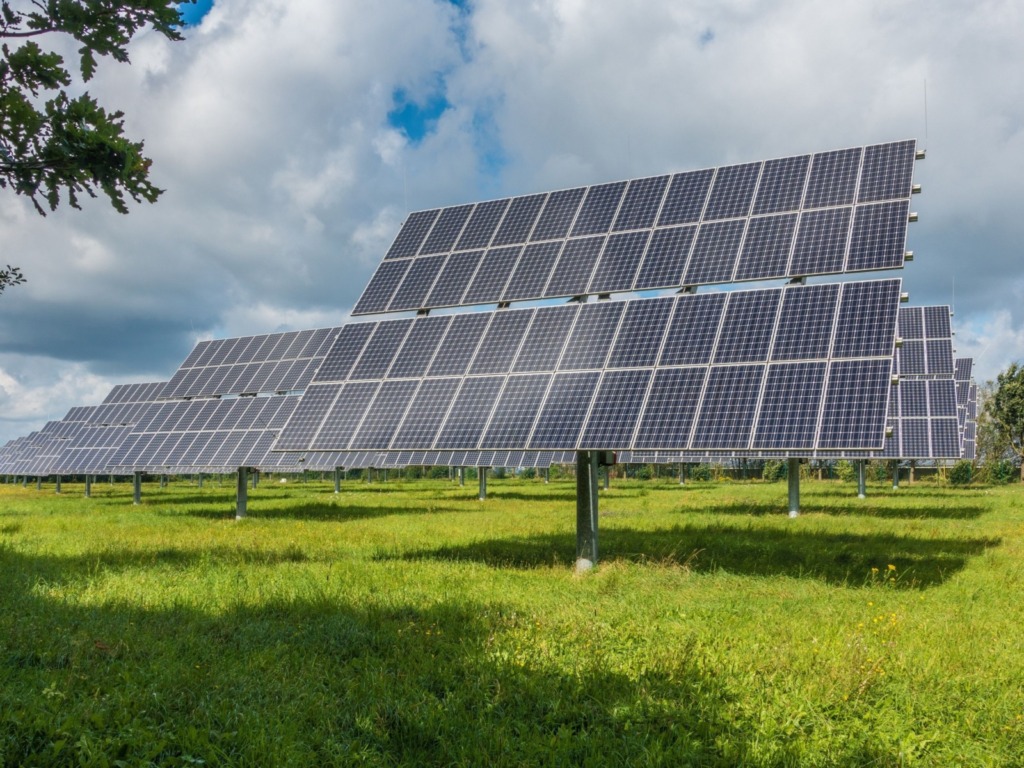
Demand may be soaring for the minerals needed in the EV revolution, but there simply might not be enough to go around. One recent analysis found that, by 2030, automakers could be unable to fill as many as 35 million EV orders in a timely fashion simply due to a lack of battery materials.
Beijing can easily exploit such an opportunity — and make sure that Chinese automakers get the materials they need while U.S. producers are left dangling in the wind. That would imperil the future of America’s auto industry and the jobs it supports.
This tells us that “Made in America” will be meaningless unless it’s also “Mined in America.”
Washington must act decisively to break America’s reliance on China’s supply chains. That means starting with the foundation — mining and mineral processing. The U.S. possesses vast mineral resources here at home. It’s past time to rebuild America’s mining industry and reestablish secure, domestic supply chains in order to support a competitive, future American industrial base.
Michael Stumo is CEO of the Coalition for a Prosperous America.
Source: Michael Stumo, www.gjsentinel.com
Image: canva.com
New solar panels expected to save CCRC $40,000 per year
The Town Center at Covenant Living of Cromwell, a continuing care retirement community in Connecticut, is committed to conserving energy and becoming more sustainable for the future while at the same time lowering operational expenses, according to Executive Director Dan Stegbauer. The company recently installed 356 solar panels with the expectation of saving $40,000 a year — $1.4 million over the next 20 years.
Covenant Living of Cromwell added the Town Center last year, with 54 new one- and two-bedroom apartments and access to new amenities.
The solar panels will help to avoid releasing carbon dioxide in the atmosphere and will generate enough power equal to providing energy for more than 23 homes, the company said.
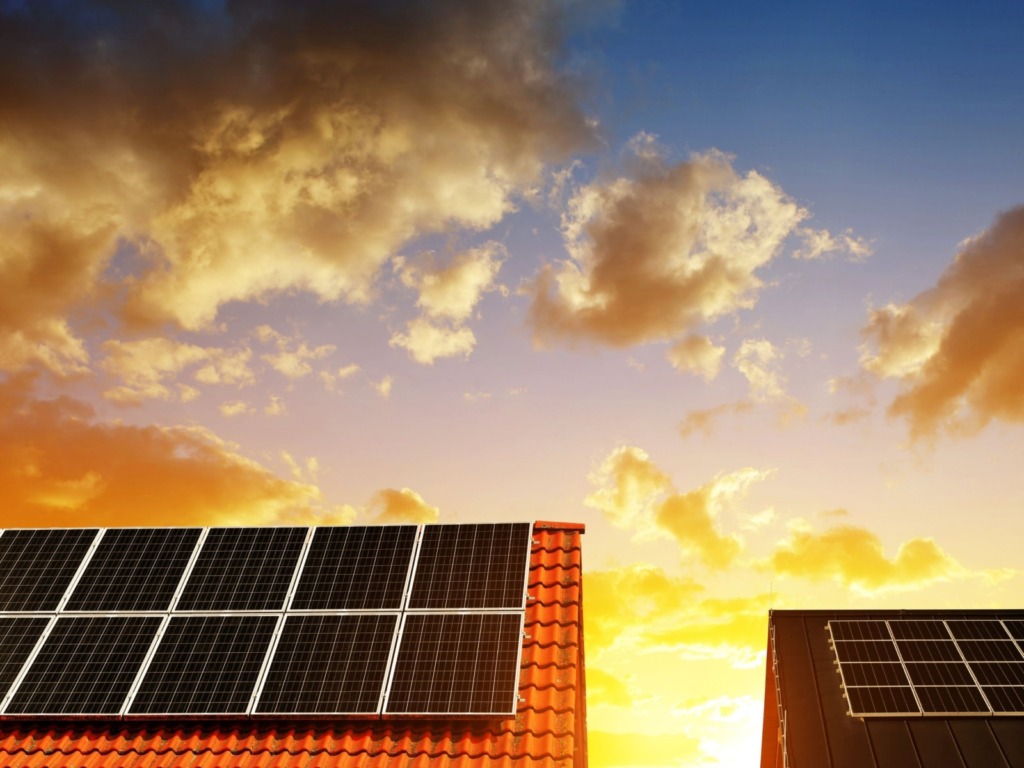
Across the country, several senior living communities are committing to a smaller carbon footprint in the name of resident health and safety. Recently, Carroll Lutheran Village Westminster, MD, installed energy-efficient lighting and solar panels to reduce energy consumption and costs. The not-for-profit CCRC anticipates saving $60,000 to $70,000 per year by going green.
Residents of a Florida CCRC saw their drive for sustainable energy become a reality last summer with the installation of 682 solar panels on the community’s roof. The panels are expected to generate $50,000 in annual savings on the community’s $1 million electric bill.
Back in 2019, Terrace Communities for Assisted Living and Memory Care in Vermont signed on for a solar farm to offset electricity costs for its Woodstock Terrace in Woodstock, Valley Terrace in White River Junction and Equinox Terrace in Manchester Center communities. The project saved the three Terrace locations a little more than $12,000 in 2020, with an expectation of saving up to $20,000 annually.
Source: Kathleen Steele Gaivin, mcknightsseniorliving.com [Truncated for brevity]
Image source: canva.com
California legislator introduces bill requiring large counties to use instant online solar permitting
Senator Scott Wiener (D-San Francisco) introduced Senate Bill 379, the Solar Access Act. SB 379 implements instant, online solar permitting in counties with over 150,000 residents. This legislation will greatly decrease approval times for residential solar and solar-plus-storage systems, cut permitting costs for local governments and homeowners, and help California meet its greenhouse gas emission reduction goals. SB 379 is co-sponsored by SPUR and Environment California.
Climate change is a dire threat, and California must accelerate its transition to clean energy in order to meet its target to become carbon neutral by 2045. Widespread installation of residential solar systems has helped push California towards these goals. However, while the cost of solar technology has decreased in recent years, the high costs associated with installation — including local permitting and inspection requirements — have remained. Delays due to permit wait times also hurt solar implementation across the state. Automated permitting solves both of these issues; the Solar Access Act will allow California to implement a timely and comprehensive solution.
The National Renewable Energy Laboratory (NREL), a project within the U.S. Department of Energy, has created a free-to-use program to support local governments with residential solar and solar-plus-storage system permitting. SolarAPP+ provides a web-based portal that streamlines and automates permit reviews, and can be easily implemented into existing local government permitting software. The Solar Access Act requires counties with more than 150,000 residents, and all cities within those counties, to implement instant online permitting for solar and solar + storage systems, via programs like SolarAPP+. The requirement will go into effect starting September 30, 2024 for cities under 50,000 residents, and September 30, 2023 for cities over 50,000 residents. The California Energy Commission (CEC) is preparing a program to deploy $20 million in grants to help cities and counties adopt online automated permitting systems such as SolarAPP+.
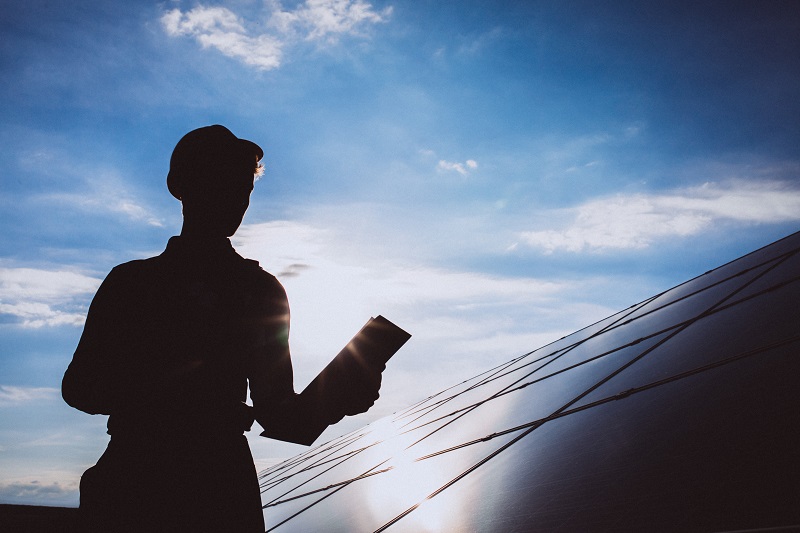
NREL first introduced SolarAPP+ in late 2020 and has slowly expanded the program’s capabilities. Many local jurisdictions, including Pleasant Hill, Sonoma County, San Jose, and Los Angeles have already begun implementation of automated permitting with great success. Pleasant Hill has reduced their average permit review time to zero days (same-day approval) since adopting SolarAPP+ for instantaneous automated permitting.
“When regulations make it unnecessarily difficult for people to quickly install solar and storage systems, it hurts everyone,” Senator Wiener said. “It hurts those who want to install solar. And it hurts communities across California, which are being negatively impacted by climate change. We need to make it easier for people to use renewable energy – that’s just a no-brainer. Expediting solar permitting is something we can do to make this a reality.”
Update: The bill passed the California senate by a vote of 31-1.
Source: News item from the office of Senator Wiener
Image credit: freepik.com
Rooftop solar panels deserve incentives; they’re not just for the rich
I would like to make a comment regarding the opinion article “Net metering: Don’t tax all electric customers to support rich solar panel owners” by guest writer Julio Fuentes.
I do not feel that Mr. Fuentes is making a fair assessment of the situation. What does he mean “rich solar owners” and “those who can’t afford solar panels”?
The ideas that poor people cannot afford solar but rich people can are both misrepresentations of the reality of the situation. EVERYBODY can afford solar panels.
I am NOT rich. I am retired. I get a Social Security check in the amount of $749 a month. Yet I own an off-grid solar system and produce 100% of my own electricity. Why do I do that? Because it is CHEAPER than buying electricity from a utility company and it keeps my monthly budget in check. I made a one-time investment and now I get free electricity for life. That is how people save money — you make a capital investment and now you are the business owner. I own my electricity company and I reap the rewards.
If I can afford to buy solar panels and start saving money, anybody can afford to buy solar panels and start saving money. This is especially true of the small businesses that Mr. Fuentes speaks about. Small businesses have profit income, bank balances, cashflow, and banking relationships. They can get business loans to cover a larger investment. They can buy a solar system if they choose to.
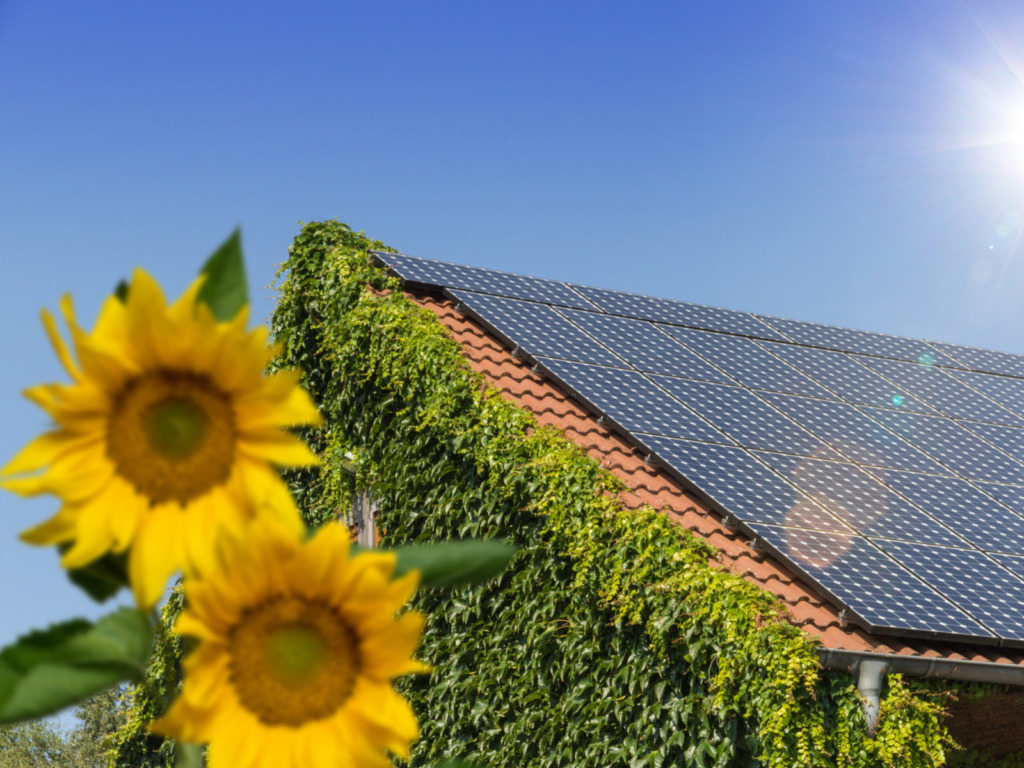
Both small businesses and homeowners can call a solar company and get a solar system installed for no money down and start saving money on their monthly electric bill immediately. So where is the problem?
Mr. Fuentes does point out that a burden may fall on apartment dwellers. And this is a good point because the apartment owner may not have an immediate incentive to change over to solar. But I can assure you that this will be a short-lived situation because there is a long-term incentive to invest in solar. Free-market economics will eventually force all apartment owners to go to the most cost-effective electricity. They have to compete against other apartment owners. If one apartment offers lower electrical rates to their renters all other apartments will have to follow suit. They will all have solar soon because they have to compete for renters and renters will choose the cheapest place to live — the one with solar panels providing free electricity.
Source: Matthew Loutner, palmbeachpost.com [Truncated for brevity]
Image source: canva.com
Lightyear One Solar EV Boasts Remarkable High Speed Efficiency
Lightyear One is one of the most interesting new EVs to be launched in 2022 because it promises to be among the most efficient cars on the market. The company recently tested the One at 130 km/h or 80.8 mph and it managed to drive over 400 km or 248 miles on one charge of its 60 kWh battery pack.
That’s considerably less compared to what the One achieved when it was tested last summer at a constant speed of 85 km/h or 52.8 mph when it achieved a very respectable 710 km or 440 miles, putting it in the same league as the Lucid Air (with around half the battery capacity). When they did that first range test in 2021, the vehicle achieved an average efficiency of 85 Wh/km or around 7.3 miles/kWh.
The first test was done in summer, it took nine hours to complete and during this time, the One’s solar panels generated 3.45 kWh. In the new test, done at 130 km/h, the One was still remarkably efficient, with a recorded average consumption of 141 Wh/km, equivalent to about 4.4 miles/kWh. The outside temperature was 10°C or 50°F and it also had an effect on the final range number.
According to Lightyear, the efficiency it recorded during this new test makes the One around 1.5 times more efficient compared to a regular EV that doesn’t have the solar charging or as big an emphasis on lightness and aerodynamics. So unlike the One, which is good for 400+ km, a more typical current EV would only go around 265 km (165 miles) on the same 60 kWh.
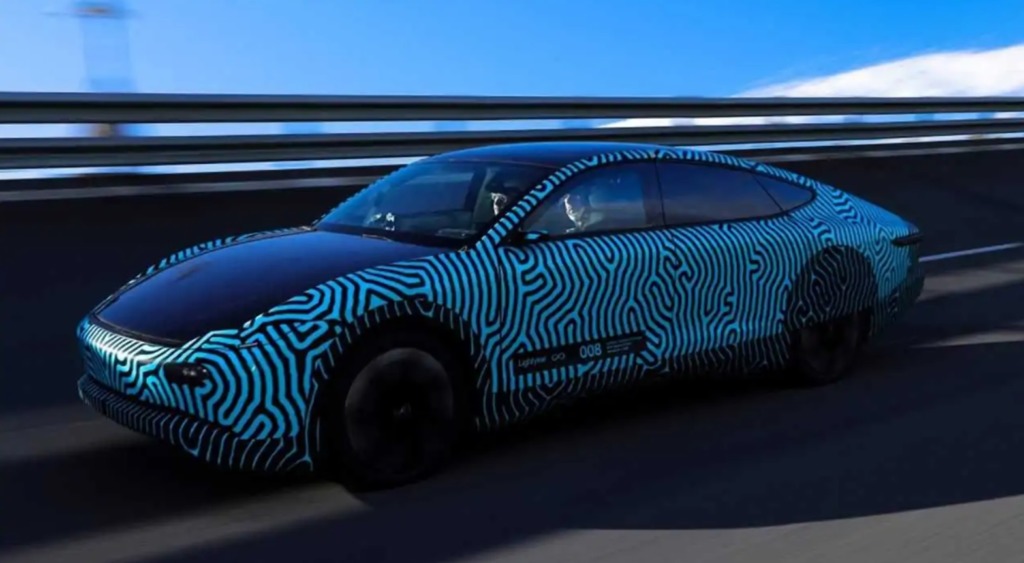
Lightyear Vehicle Test Coordinator Megan Parfitt explains that:
“If we compare with other vehicles right now, Lightyear One can drive one and a half times further than a directly-comparable vehicle with the same battery size.
We gradually increase the speed capability of the vehicle. Eventually, it will be capable of 160 km/h. But we increase it in stages to ensure safety and make sure that we’re happy with the way the vehicle is performing.”
Lightyear also says in the above video’s accompanying press release that its goal with the One is to produce the most efficient car ever made.
“We have sights firmly set on launching the most efficient car on the market. That means building a vehicle that can withstand the trials of a challenging and changing world, and that’s no small feat. It requires meticulous and continued testing.
These results tell us, in no uncertain terms, that we’re well on the way to producing the most efficient car, ever.
Stay tuned for even better efficiency numbers and more groundbreaking developments.”
Source: Andrei Nedelea, insideevs.com
Image source: insideevs.com

